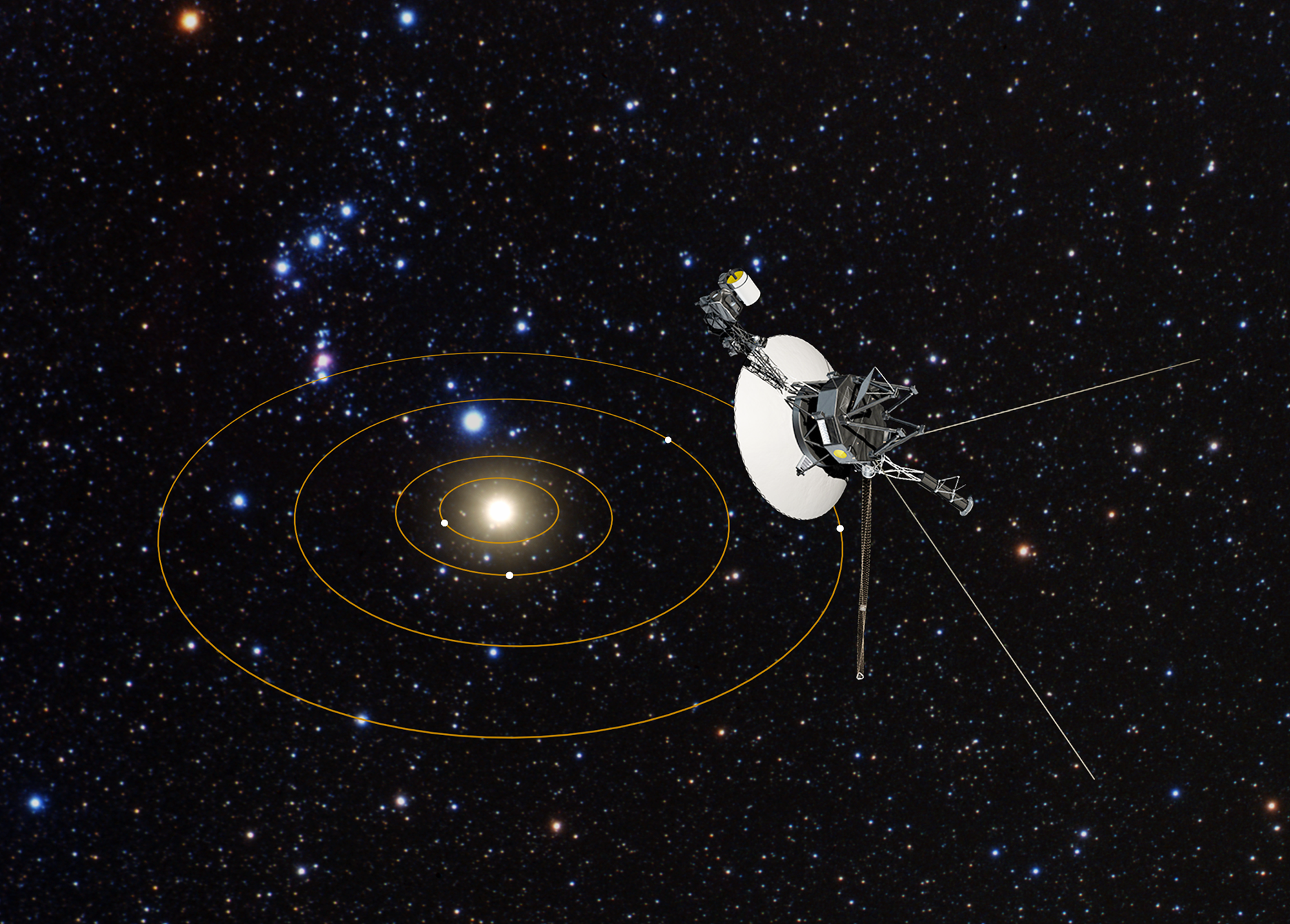As I ponder getting our car repaired (following a mishap involving other half's driving), I hear that the Voyager spacecraft launched 35 years ago and now 11 billion miles from the Earth and hurtling ever further away at a rate of 10 miles per second is about to leave the Solar System. The "Pale Blue Dot" photo it took of our planet helps to put the annoyances of daily life into perspective.






Comment